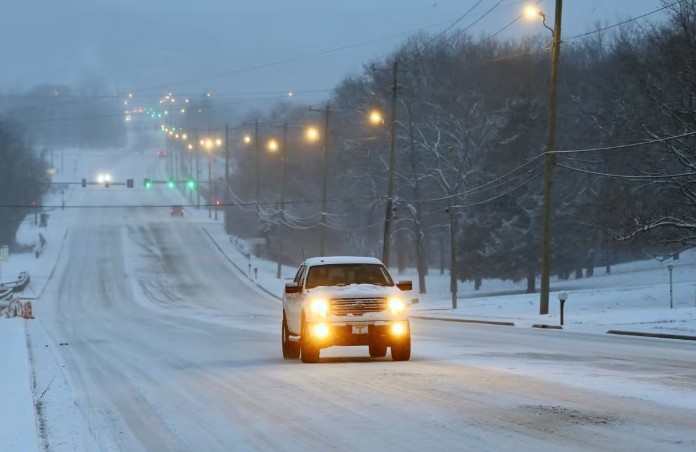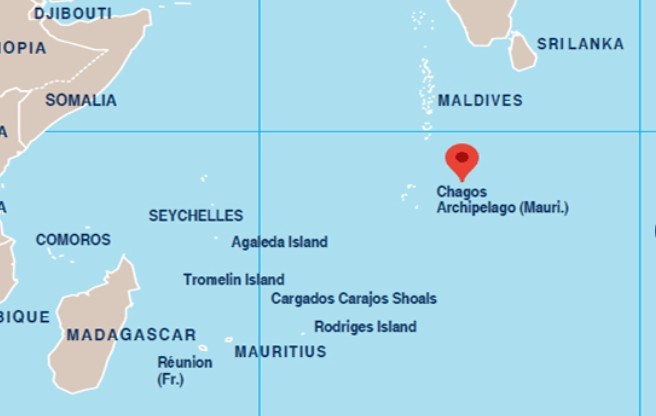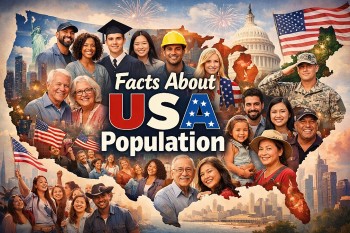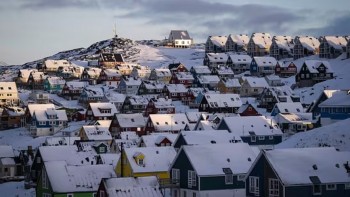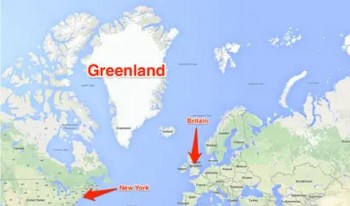Top 10 Biggest Cities By Population In Canada
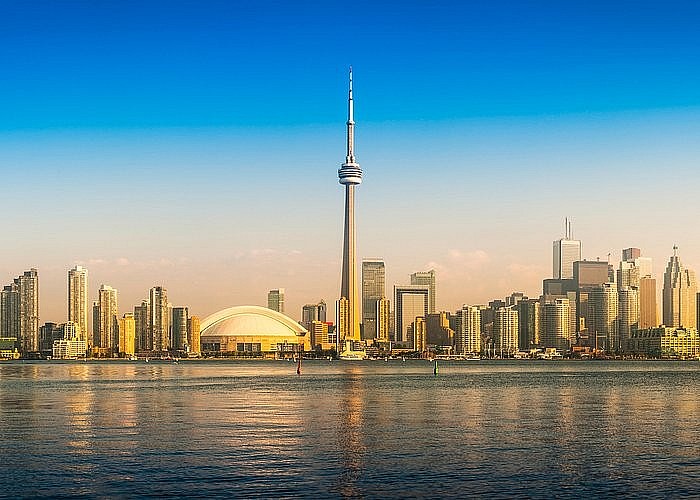 |
| Top 10 Biggest Cities By Population In Canada |
| Table of Contents |
What is Canada’s population?
According to Worldometer's elaboration of the most recent United Nations data 1, the current population of Canada is 38,839,061 as of September 2023.
At mid-year, the population of Canada in 2023 is estimated to be 38,781,291 people.
The population of Canada is equal to 0.48% of the total world population.
Canada is ranked 38th in terms of population among countries (and dependencies).
How many cities does Canada have?
Canada is made up of provinces and territories, and cities of all sizes contribute to the country's population, which is one of the world's largest. The country is divided into three territories, with a total of ten provinces. These geographical areas are divided in this manner in order to govern over specific geographic areas.
When looking at Canadian cities, the designations that make an area a 'city' differ by province. For example, in the province of Alberta, any area that qualifies as a city must have a population greater than 10,000 people, as well as other criteria such as the size of land parcels for the area's buildings. In British Columbia, on the other hand, a community can qualify as a city with just a few hundred people.
Approximately two-thirds of Canada's population lives in just over 30 cities and their surrounding urban areas. According to the 2011 census, Canada is divided into 33 Census Metropolitan Areas and 114 Census Agglomerations. According to census data, there were a total of 1,137 municipalities throughout the country that were classified as cities, towns, or villes.
Canada has three cities with populations greater than one million, 51 cities with populations between 100,000 and one million, and 235 cities with populations between 10,000 and 100,000. Toronto, Canada's largest city, has a population of 2,600,000 people.
READ MORE: Top 10 Most and Least Educated Cities in the US Today
Top 10 Biggest Cities By Population In Canada
| City | 2023 Population |
|---|---|
| Toronto | 2,600,000 |
| Montreal | 1,600,000 |
| Calgary | 1,019,942 |
| Ottawa | 812,129 |
| Edmonton | 712,391 |
| Mississauga | 668,549 |
| North York | 636,000 |
| Winnipeg | 632,063 |
| Vancouver | 600,000 |
| Scarborough | 600,000 |
1. Toronto
The capital of Ontario, a Canadian province, is Toronto. With a recorded population of 2,794,356 in 2021, it is the most populous city in Canada and the fourth most populous city in North America. The city is the focal point of the Golden Horseshoe, a metropolitan area with a population of 6,712,341 in the Greater Toronto Area proper and a total population of 9,765,188 (as of 2021). Toronto, one of the world's most diverse and cosmopolitan cities, serves as a global hub for international trade, banking, the arts, and culture.
The multicultural population of Toronto reflects its historical and current significance as a major Canadian immigration hub. Over 200 ethnic backgrounds are represented among its residents, who account for more than half of the visible minority population.
READ MORE: Top 10 Most Interesting and Strangest Cities in the World
2. Montreal
Montreal is the most populous city in the Canadian province of Quebec and one of the largest cities in Canada by population. It was founded in 1642 as Ville-Marie, or "The City of Mary," and is named after Mount Royal, a triple-peaked hill that surrounded the early city of Ville-Marie. The city is centered on the Island of Montreal, which shares its name with the city, and a few much smaller peripheral islands, the largest of which is Île Bizard. The city is located 196 kilometers (122 miles) east of Ottawa and 258 kilometers (160 miles) southwest of Quebec City, the provincial capital.
3. Calgary
Calgary is located in the southern part of the province, between the Canadian Prairies and the Rocky Mountain Foothills, about 80 kilometers (50 miles) east of the Canadian Rockies' front ranges, about 299 kilometers (186 miles) south of Edmonton, and about 150 kilometers (240 km) north of the US border. According to Statistics Canada, the city is the southernmost anchor of the Calgary-Edmonton Corridor.
Calgary's industries include energy, financial services, film and television, logistics, transportation, technology, manufacturing, aerospace, health and wellness, retail, and tourism. The Calgary Metropolitan Region has the second-highest number of corporate headquarters among Canada's 800 largest firms.
4. Ottawa
Ottawa is Canada's national capital. The city is located in the southern part of the province of Ontario, where the Rideau and Ottawa rivers meet. The Ottawa-Gatineau census metropolitan area (CMA) and the National Capital Region are centered in Ottawa, which also borders the Quebec city of Gatineau. As of 2021, Ottawa was Canada's fourth-largest city and fourth-largest metropolitan region, with a city population of 1,017,449 and a metropolitan population of 1,488,307.
Ottawa is the federal government's seat and the country's political center. The city is home to a large number of foreign embassies as well as important structures, businesses, and institutions of the Canadian government, such as the Parliament of Canada, the Supreme Court, the Viceroy's residence,
5. Edmonton
Although Edmonton is not as large as Toronto, Canada's largest city, it is not a small town either, with over 900,000 residents. The over 2.5% growth rates also demonstrate how popular this thriving city is.
What is Edmonton Most Famous For?Churchill Square. Fort Edmonton Park. Commonwealth Stadium. Strathcona Historic District. West Edmonton Mall. Muttart Conservatory. Royal Alberta Museum. Alberta Legislature Building. |
6. Mississauga
Mississauga, with a population of over 700,000 people, is too large to ignore. Slower-than-average growth rates do not always imply a robust city, but slow and steady growth does provide stability and security.
| What is the distance between Mississauga and Toronto? Toronto and Mississauga are 24 kilometers apart. The driving distance is 29.4 kilometers. |
7. North York
North York is a former township and city that is now one of Toronto, Ontario, Canada's six administrative districts. It is in Toronto's northern outskirts, centered on Yonge Street and north of Ontario Highway 401. It is bounded to the north by York Region at Steeles Avenue, to the west by the Humber River, and to the east by Victoria Park Avenue. Its southern boundary corresponds to the former municipal boundaries of Toronto: York, Old Toronto, and East York.
8. Winnipeg
Winnipeg is another major city in Canada with a population of 700,000 people. Winnipeg has also shown consistent and impressive growth rates, which is encouraging for residents and those considering relocating to the city.
9. Vancouver
Vancouver is not only a popular Canadian tourist destination, but it is also a surprisingly large city with a population of over 600,000 people. That surprise could be attributed to Vancouver's small-town atmosphere. With a solid growth rate of around 1%, that small-town feel may soon begin to feel a little larger.
10. Scarborough
It is home to several natural landmarks, such as the Toronto Zoo, Rouge Park, and the Scarborough Bluffs. Scarborough's northeast corner is largely rural, with some of Toronto's last remaining farms, earning it the reputation of being greener than any other part of the city.
Is it expensive to live in Scarborough, Canada?It's a Reasonable Place to Live Some parts of Canada have become so expensive that they are virtually unaffordable. Scarborough, on the other hand, remains reasonably priced. The prices of housing and rental apartments are reasonable, and you'll still be close to Toronto. |
What is the population of Canada's smallest city?Quebec, Saint-Louis-de-Gonzague-du-Cap-Tourmente Saint-Louis-de-Gonzague-du-Cap-Tourmente is Canada's smallest city, according to the Canadian Encyclopedia. The Séminaire de Québec, a Catholic theology school, was founded in 1663 by French settlers in Quebec (then a French colony). Population: 0-2 The population is two according to the Canadian Encyclopedia or zero according to the 2021 Canadian census. The municipality was established in 1917 so that certain buildings and lands that belonged to the Séminaire de Québec could be separated to avoid paying municipal taxes and fees. |
Conclusion
Canada is the world's 39th most populous country. Despite its low population density, this warm northern country has a few large cities.
In 2023, Canada will have three cities with populations of one million or more, 52 cities with populations of 100,000 to one million, and 393 cities with populations of 10,000 to 100,000. With 2.6 million residents, Toronto is the largest city.
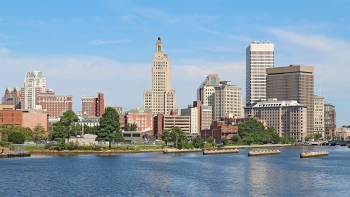 Top 7 Biggest Cities in the World by Land Area Top 7 Biggest Cities in the World by Land Area As cities grow, determining the world's largest city by land area is difficult. With 8,683 square kilometers of land, New York is often considered the ... |
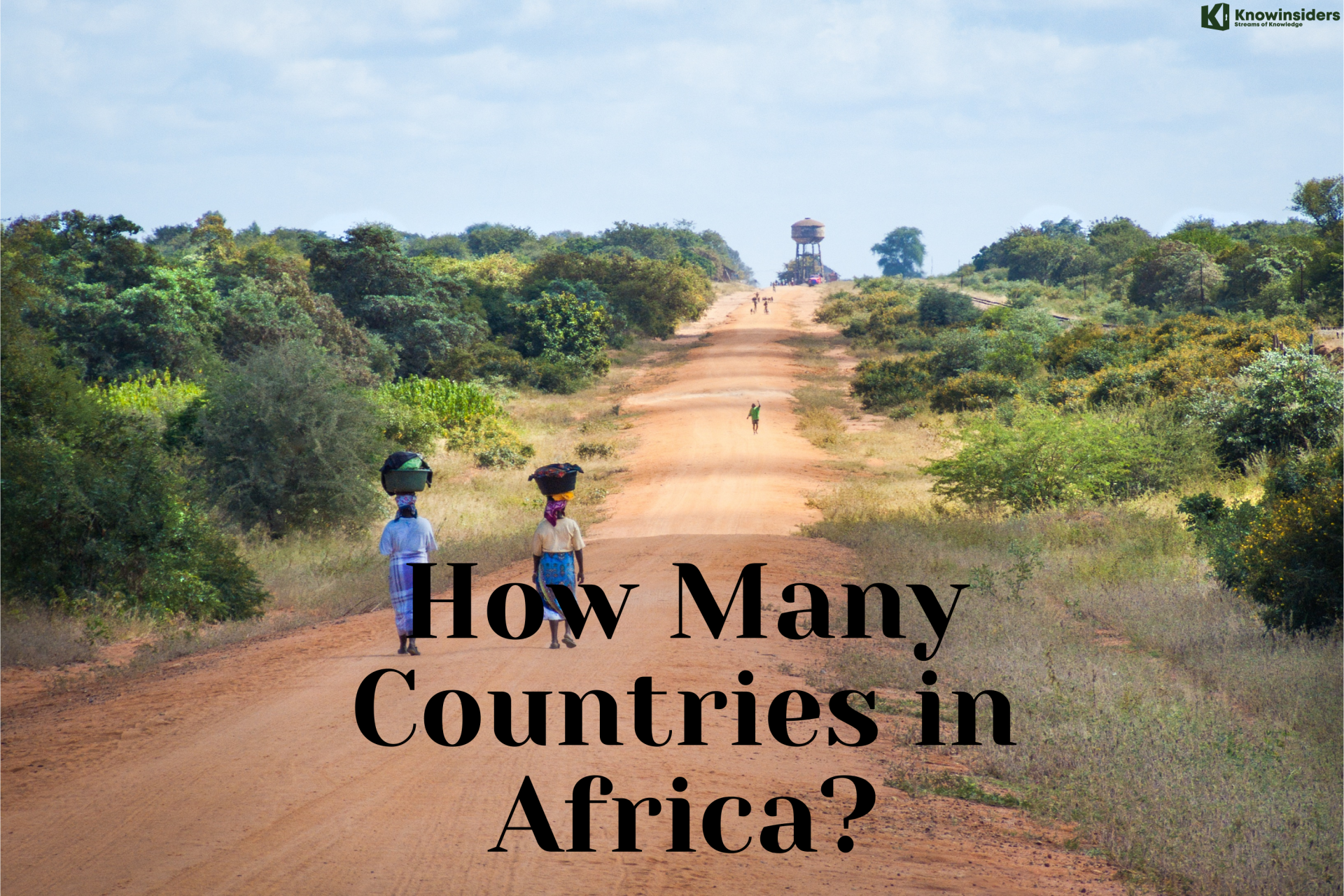 How Many Countries Are There in Africa: Facts, Figures and Population How Many Countries Are There in Africa: Facts, Figures and Population How many countries in Africa (Updated): Which one is the richest, poorest, smallest, latest population, facts and figures. |
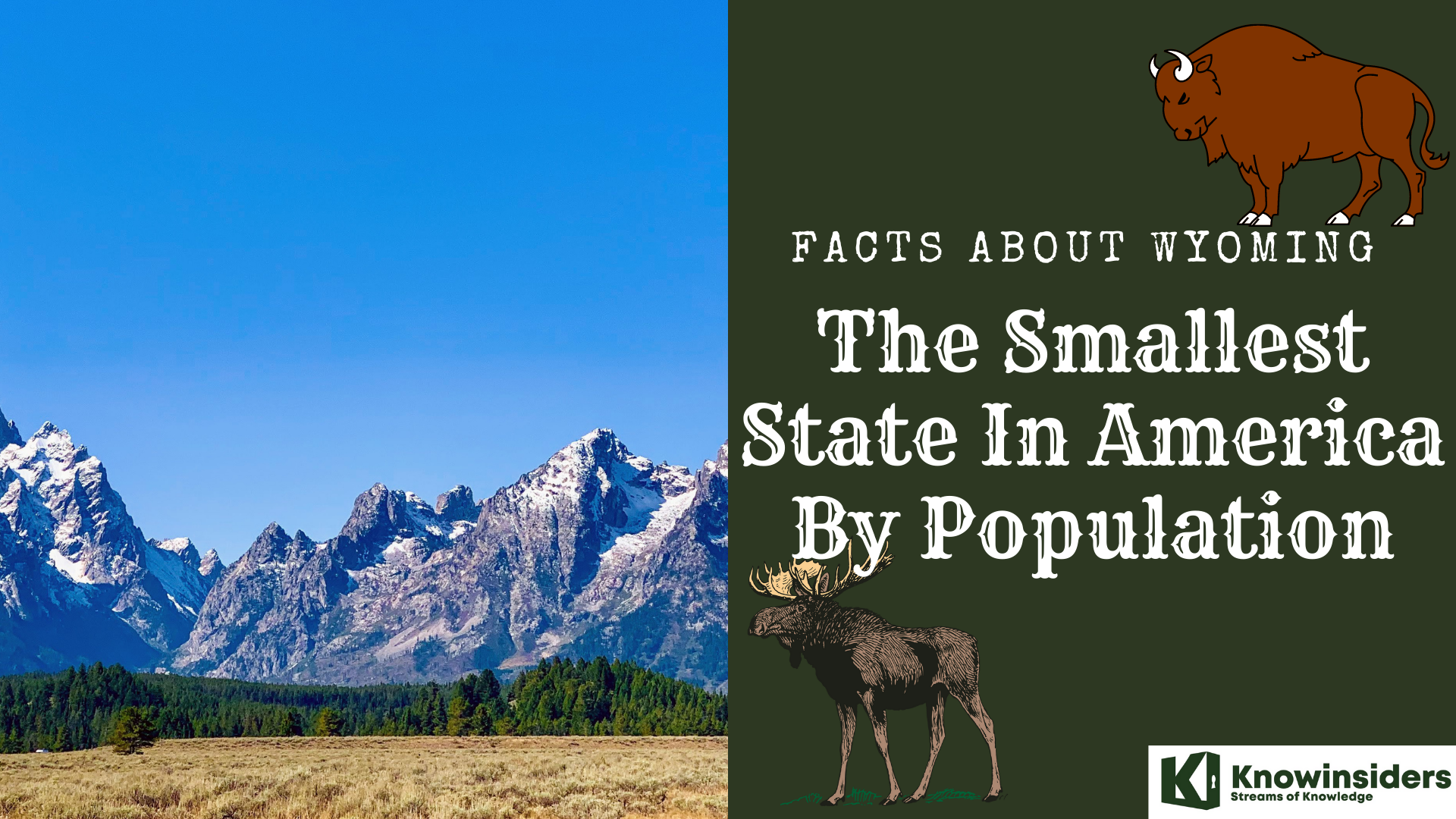 Wyoming's Amazing Facts - Smallest State by Population In America Wyoming's Amazing Facts - Smallest State by Population In America What is the smallest state in the US? Wyoming, the wild and attractive place with the most beautiful natural sites, is the smallest state in ... |



